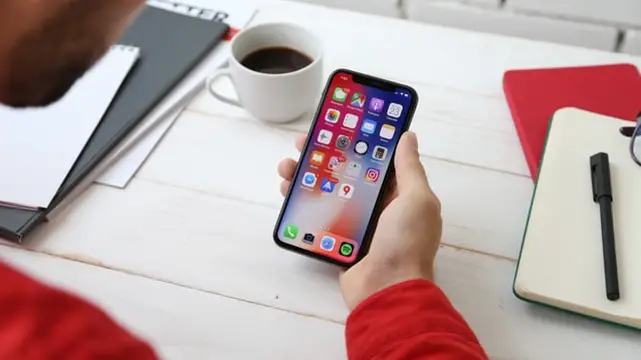Mobile phone use in education has been a controversial topic. They provide a way for learners to access knowledge from anywhere at any time, but they can also be a distraction. There is a growing global trend for using mobile phones for educational purposes.
There are various potential disadvantages. However, these are outweighed by the opportunities they offer. This includes enhancing student engagement, facilitating collaboration, and improving communication. Educators are discovering that mobile phones can be powerful learning tools.

Changing attitudes to mobile devices
Initially, many educators considered mobile phones a nuisance and banned their use in classrooms. By the mid-2000s, they were rethinking their attitudes. Education couldn’t stop the use of mobile devices. They started to realize that it was better to work with them than against them. By 2010 cell phones were increasingly being used for educational purposes. There was a major shift in attitude towards using them as educational tools.
Benefits of cell phones in education
Cell phones have greatly increased in power and capabilities over the years. Students are used to using their mobile devices for many different purposes. All they need to do to perform an internet search is to turn on a phone and open a browser. Teachers don’t have to use other tools and teach students how to use them. The majority of students own cell phones, and when they don’t, educators can arrange for them to share devices responsibly.
Coursework help
Mobile phones can help students with their coursework when getting an education at college. They need all the help they can get when they have to study, attend classes, read books, and write essays. They can get quick results when they ask for coursework help from EduBirdie. Expert writers offer help to students in the form of quality, unique essays they will deliver on time. Students can learn from these examples and have more time to study and get good grades.
Ways to use cell phones in classrooms
The most obvious use of cell phones is as research tools. Students can also record lectures to use them for studying. Educators can use a Twitter feed to post assignments and their due dates. Students could ask them questions on Twitter when they didn’t have a chance during class. A classroom Facebook page can help keep students up to date.
Students are very familiar with using their phones to access apps. It isn’t a big stretch for them to use their devices to access educational apps, such as Android apps for math. Educators can also use apps for delivering instructions and lessons. For instance, Duolingo could help them to teach students a foreign language in an engaging way.
Making learning more interactive
Educators can use the media features of cell phones to make lessons more interactive. For example, students can capture images and videos from outside the classroom, which promotes independent investigation.
Sharing these images in class stimulates discussion. Cell phones can be used to take photos, record videos, and make audio logs for class projects. Video learning has taken center stage after the pandemic, so you must utilize it fully.
Academic outcomes of using cell phones
Using cell phones appropriately can clearly help students to become more engaged in their lessons. Researchers have found that using mobile devices can offer better results than using computers. They do warn that using the right software, hardware, and teaching methods is essential to maximize their use.
However, the main takeaway from various studies is that mobile phones are suitable for various learning styles. They can enhance self-directed study, game-based learning, cooperative learning, and inquiry-based learning.
Overcoming challenges of implementing cell phones in learning
Educators still need to make sure that students aren’t just wasting time on their cell phones. Some disadvantages of cell phone use in the classroom include cheating, accessing inappropriate content, and cyberbullying.
Educators need to be vigilant and ensure that students stay on task. They also need to plan to make sure cell phone use is purposeful. Their use shouldn’t be just an afterthought. Continually integrating their use into lessons may lead educators to discover new ways to use them.
Conclusion
Educators are moving away from the perception that mobile phones are a distraction in the classroom. They are realizing their potential and finding ways to engage students more in lessons by integrating their use. Educators need to plan to find the best ways to integrate mobile phone use. When used in the right way, they can become a valuable tool to improve educational outcomes.
